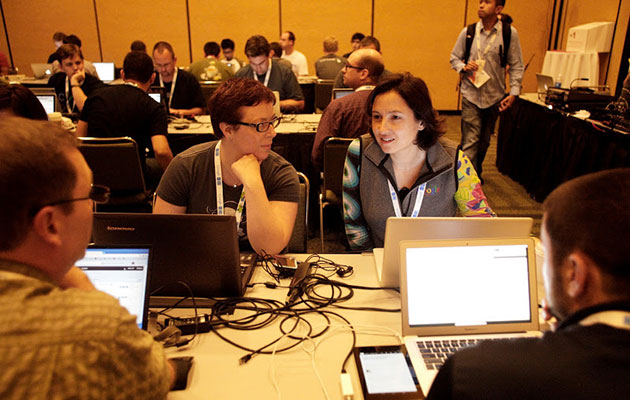ONE-WAY TRIP TO MARS

Mars One has officially begun its worldwide search for astronauts who will fly to Mars in 2023—and never come back.
Mars One has begun accepting video applications for a mission to colonize the red planet in 2023.
The ultimate goal is to select 24 to 40 candidates who will travel to Mars in groups of four. Mars One wants to land the first group (two men and two women, ideally from four different continents, says CEO Bas Lansdorp) on the red planet in 2023, with the other groups following one at a time, every two years. Applications close August 31, 2013.

The nonprofit organization plans to televise the final rounds of the search in 2014, which means the first humans on Mars may be reality TV stars. But first, Mars One is asking the public to rate the application videos to help narrow down the selection pool. According to Norbert Kraft, the chief medical officer and head of the astronaut selection program, aspiring Martians should have five qualities: resilience, adaptability, curiosity, empathy, and creativity.
To filter out spam and frivolous entries, Mars One is charging an application fee that varies by country (it’s $38 in the United States). Applicants must create a 30- to 70-second video that explains why they want to go to Mars, and why they’re the best candidate. The pool will be narrowed to 24 to 40 in 2015.

If you’re one of the (uh, lucky?) people chosen for the program, you’ll move to the United States to spend the next seven years as a full-time, salaried employee of Mars One. Nine months of each year will be spent learning dentistry, emergency medicine, general medicine, engineering, biology, mechanics—anything you might need to know on an inhospitable planet with a population of four.
The other three months of each year will be spent in a Mars habitat mock-up, complete with a 40-minute communication delay to the outside world and simulated emergencies. The hardest thing they’ll face during the simulation? A broken toilet, Lansdorp says. “That’s when people get out of control.”
It will cost $6 billion to get the first group of four to their new home (the reality show is supposed to fund the mission). The company will use SpaceX spacecraft to send rovers and supplies ahead of the astronauts, and then the SpaceX Falcon Heavy will get the crew to Mars, where they will assemble their habitat and begin growing their own food.
Once on the red planet, the crew can do what they want—they won’t be taking orders from Mars One or anyone else back on Earth. “They will make a new civilization,” Kraft says. “They will make their own holidays, their own laws. We need to send mature people, because we won’t be telling them what to do.”


























